Melasma, Freckles & Dark Patches
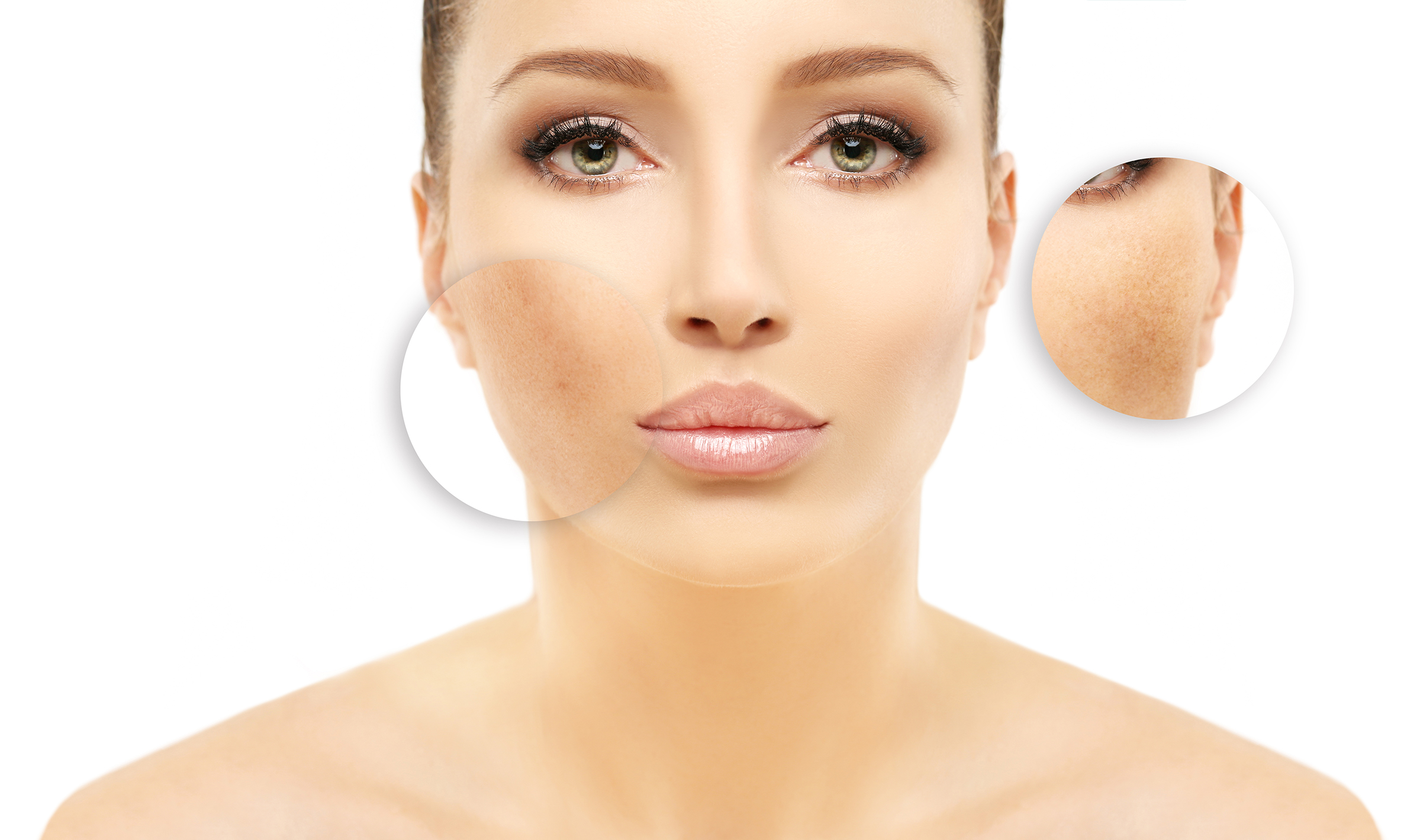
Skin pigmentation disorders are conditions that cause the skin to appear lighter or darker than normal, or blotchy and discoloured. Skin pigmentation problems can also result in freckles and sun spots. Abnormal pigmentation of the skin especially the skin of the face is a common problem that can be associated with a lot of anxiety and psychological distress. There are a large variety of causes of abnormal pigmentation of the skin that require different treatment approaches.
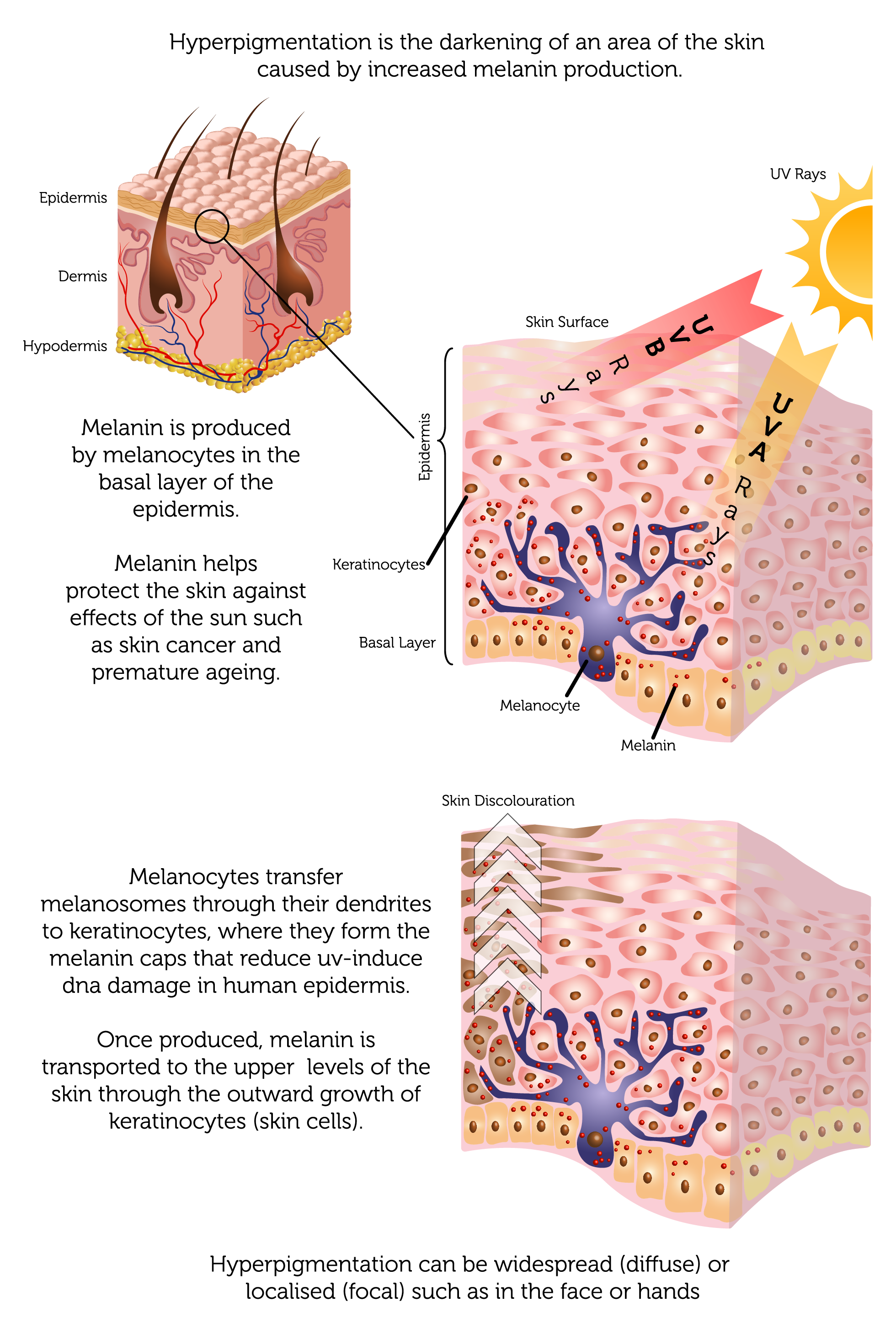
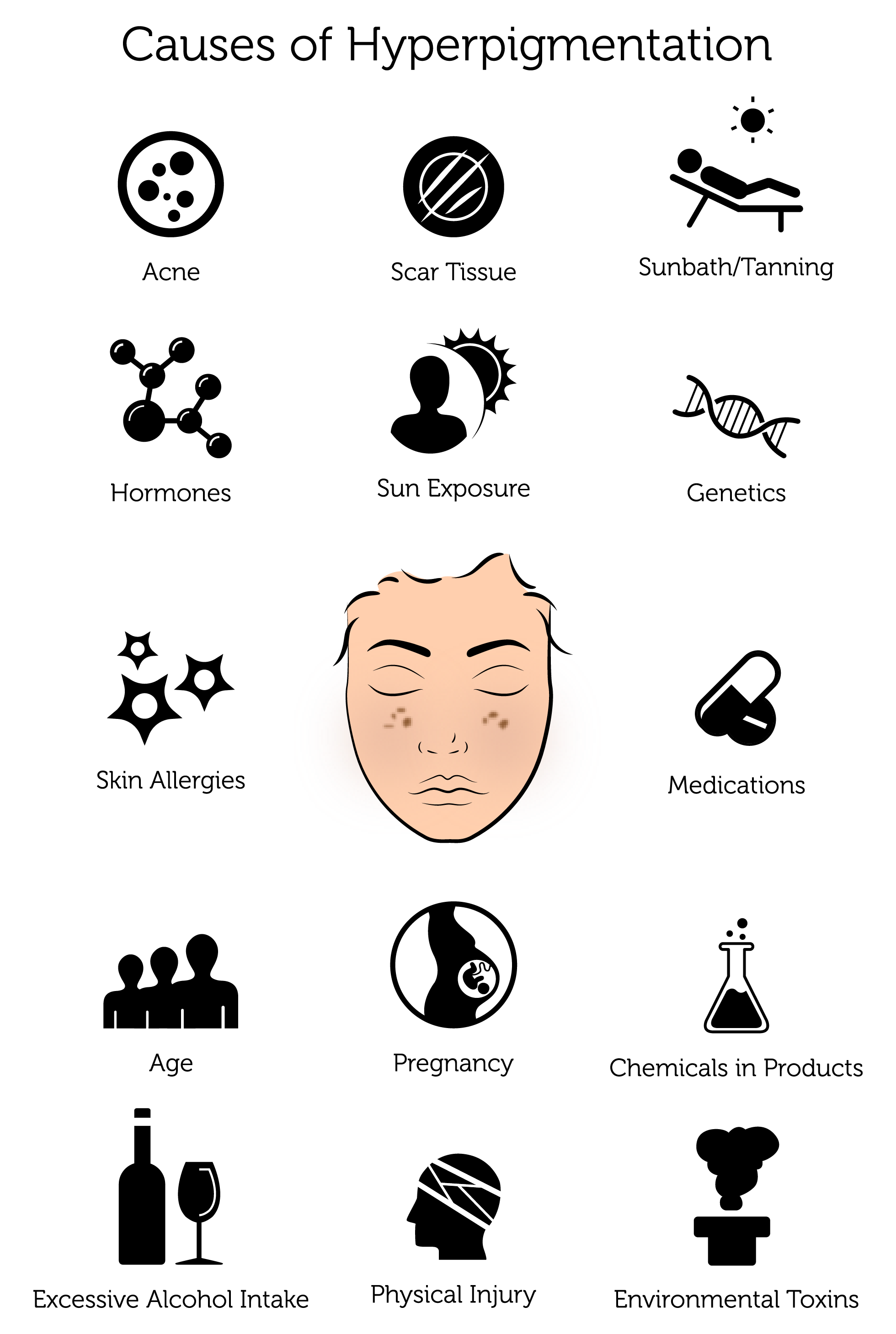
Melasma
Melasma is defined as areas of poorly defined brown patches, usually symmetrically arranged over the face, especially over exposed regions. Common affected areas of the face include the forehead, nose, cheeks and upper lip. Superficial epidermal (upper layer of the skin) deposits appear brown. Deeper dermal (deep layers of the skin) appear blue grey. Mixed deposits take on a brown grey discolouration. Women tend to be more affected than men. The cause of melasma is not fully understood.
What are the possible causes of Melasma?
Ultraviolet light exposure, chronic inflammation and inflammatory disorders are common causes of melasma. Excessive use of cosmetic products can also trigger melasma. Medication including anti-epileptic medicine, blood pressure medicines, anti-malarial medication and tetracycline can also cause excessive pigmentation. Hyperpigmentation that develops in pregnancy is known as chloasma.
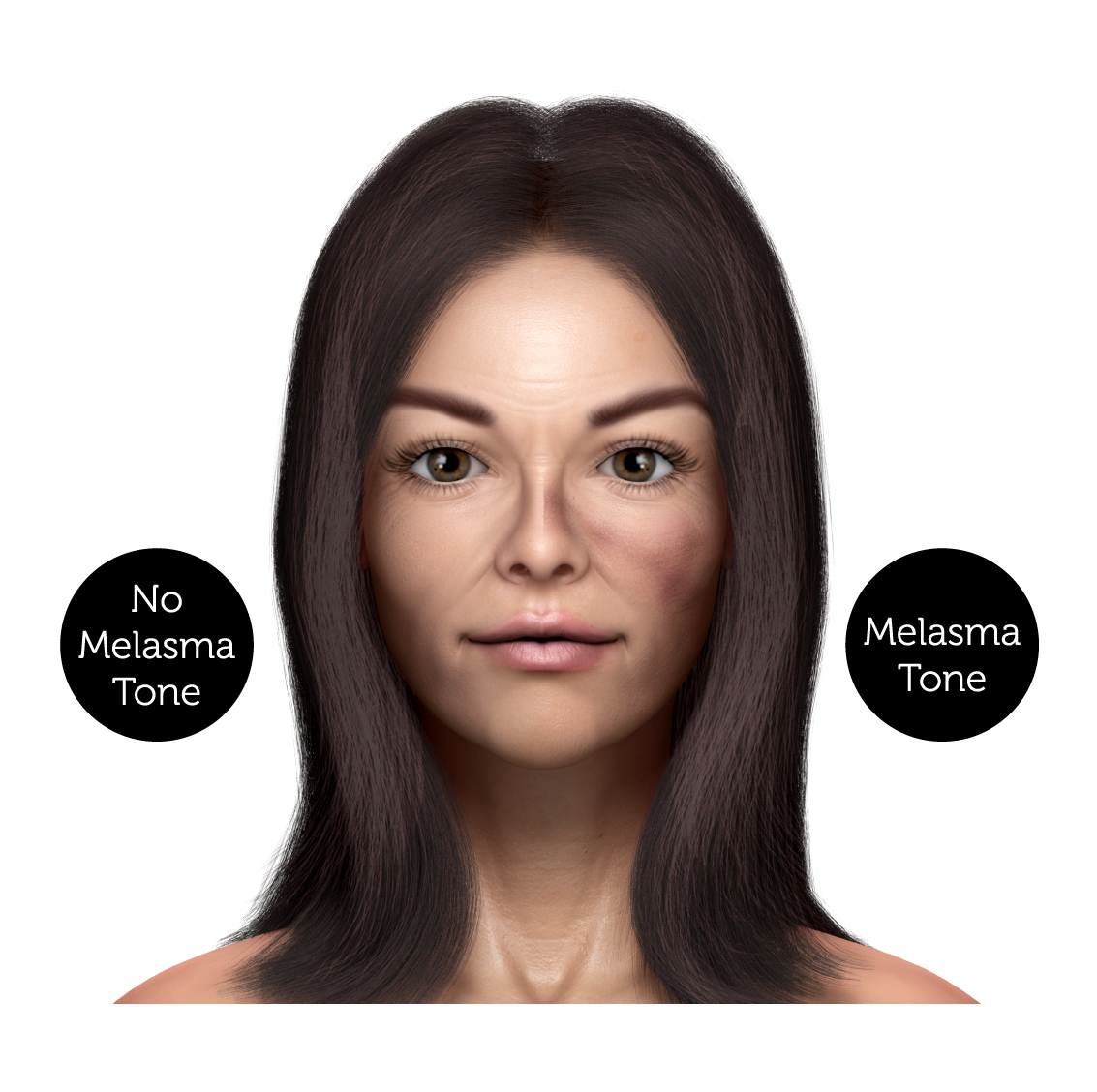
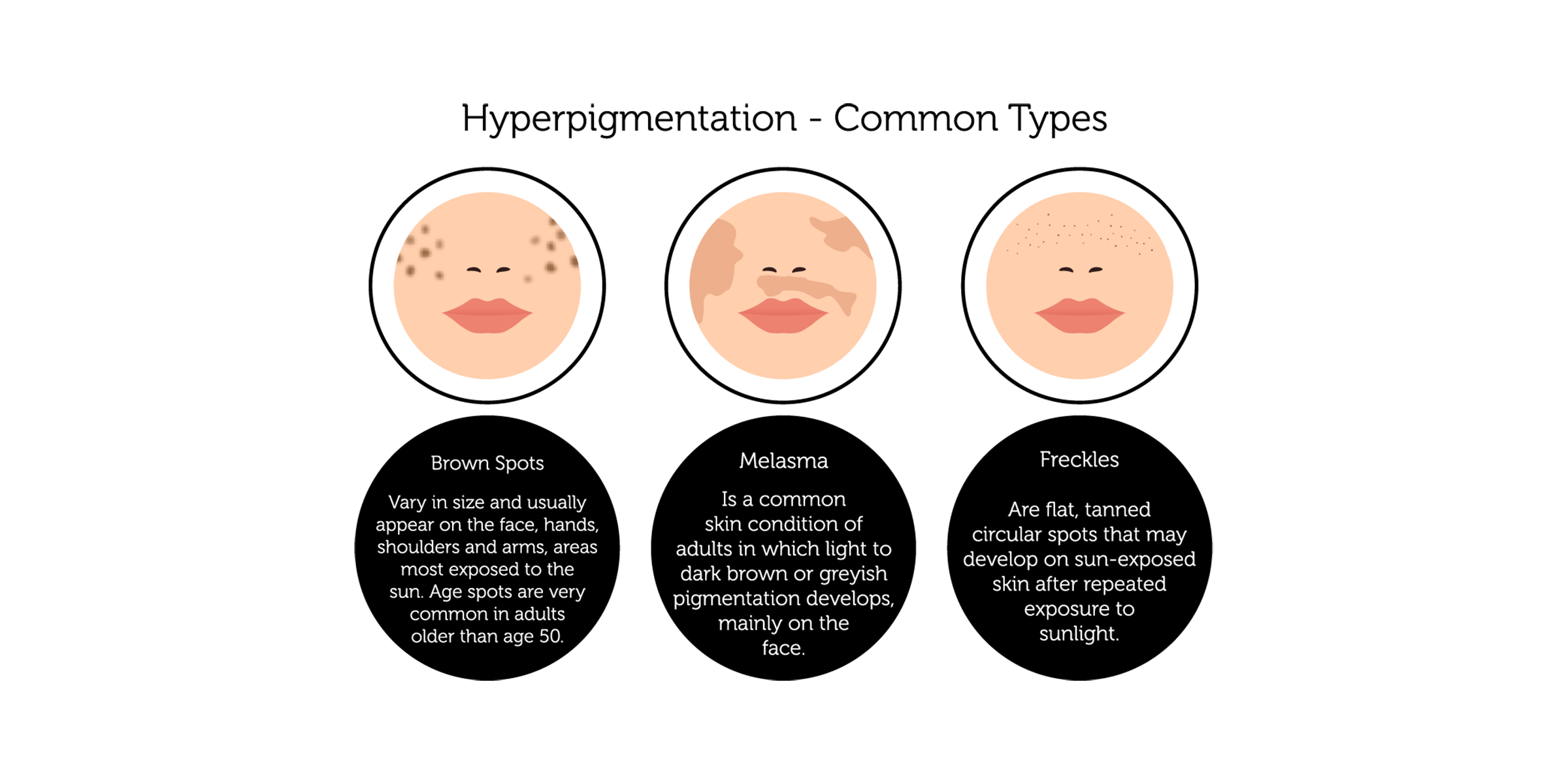
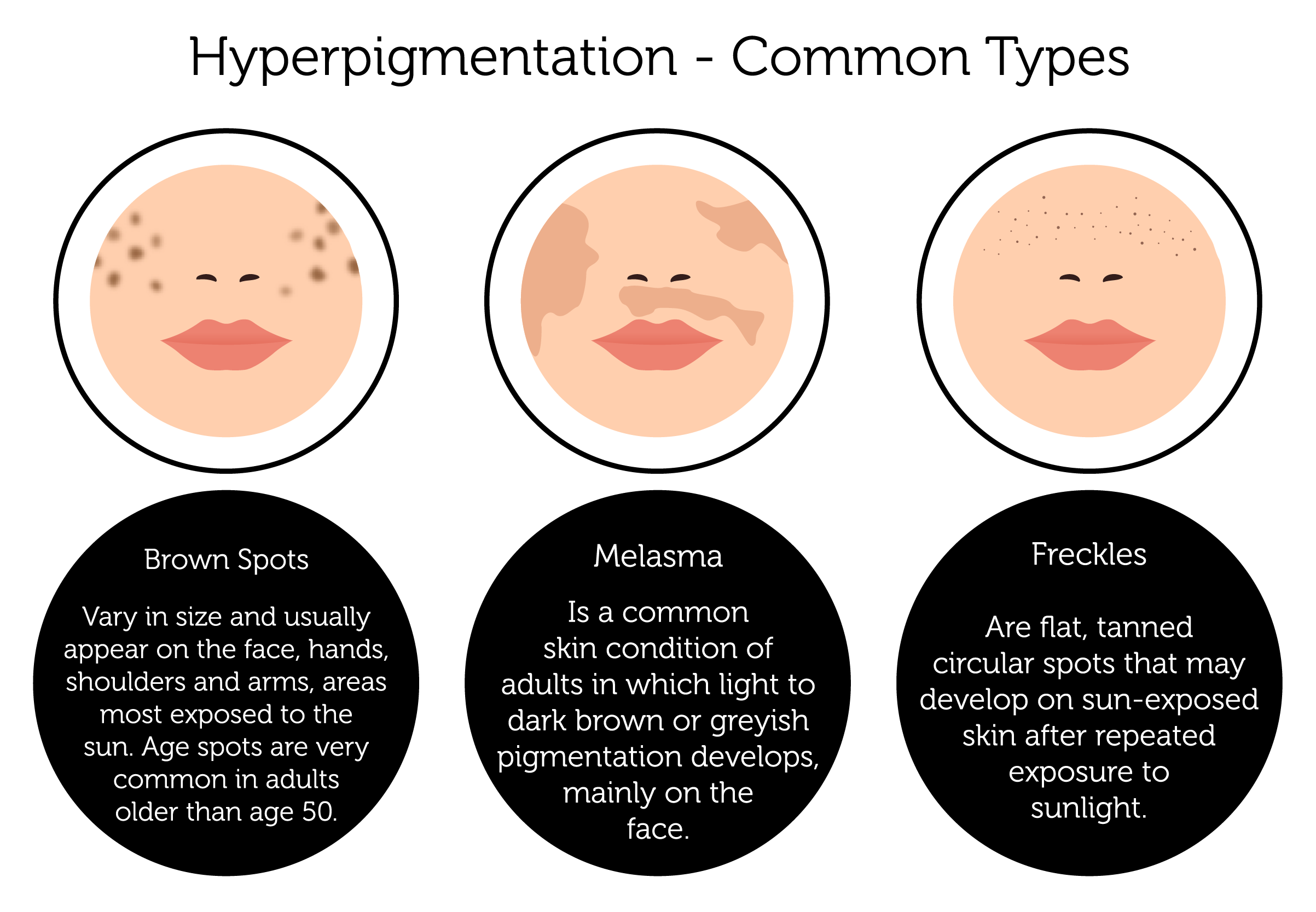
Aerolase NEO Elite
The Aerolase Neo Elite is an advanced non-ablative 1064nm Nd:YAG laser. Typical treatments for melasma include topical bleaching medications and creams, chemical peels and Q-switched lasers. The downsides to these treatments are that they address the superficial melasma effects in the epidermis but not in the deeper dermal layers of the skin. They can also cause skin irritation and even adverse effects causing more hyperpigmentation as opposed to less especially in skin of colour.
The Aerolase Neo Elite selectively targets the melanin in pigmented lesions, which is gradually absorbed and eliminated by the body’s natural processes. A recent clinical study demonstrated up to 50% improvement in melasma in as little as 3 weeks after treatment with Neo Elite. Aerolase Neo is able to address deeper layers of the skin breaking up melanin pigment throughout, safely and with minimal pain thanks to it short 650 microsecond pulse duration.
Melasma treatment regimens would be formulated at our initial consultation, but typically 2-3 treatments are required, more for very extensive lesions. One should expect darkening of the areas initially with results being apparent from 3-4 weeks into treatments as the pigmentation sheds off. For even better results it is possible to carry out a Reverse Neo treatment combining Aerolase Neo Elite and Era Elite together in a single session. The ablative Era can help to resurface the skin following deep dermal treatment by Neo Elite to lift the pigment.
Aerolase NEO Elite at Rejuvence Clinic
The Aerolase Neo Elite is an advanced non-ablative 1064nm Nd:YAG laser. Typical treatments for melasma include topical bleaching medications and creams, chemical peels and Q-switched lasers. The downsides to these treatments are that they address the superficial melasma effects in the epidermis but not in the deeper dermal layers of the skin. They can also cause skin irritation and even adverse effects causing more hyperpigmentation as opposed to less especially in skin of colour.
The Aerolase Neo Elite selectively targets the melanin in pigmented lesions, which is gradually absorbed and eliminated by the body’s natural processes. A recent clinical study demonstrated up to 50% improvement in melasma in as little as 3 weeks after treatment with Neo Elite. Aerolase Neo is able to address deeper layers of the skin breaking up melanin pigment throughout, safely and with minimal pain thanks to its short 650 microsecond pulse duration.
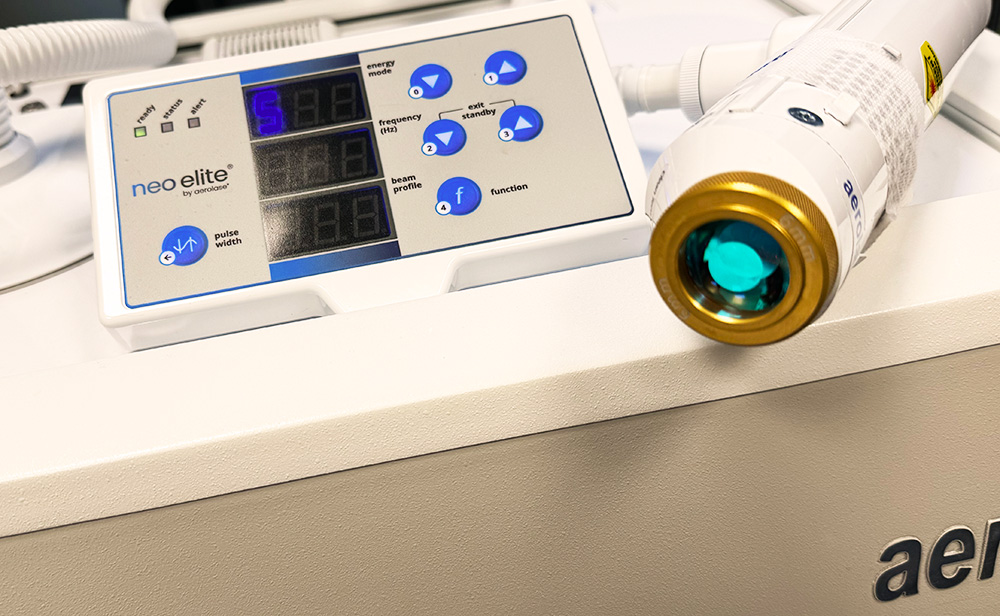
Melasma treatment regimens would be formulated at our initial consultation, but typically 2-3 treatments are required, more for very extensive lesions. One should expect darkening of the areas initially with results being apparent from 3-4 weeks into treatments as the pigmentation sheds off. For even better results it is possible to carry out a Reverse Neo treatment combining Aerolase Neo Elite and Era Elite together in a single session. The ablative Era can help to resurface the skin following deep dermal treatment by Neo Elite to lift the pigment.
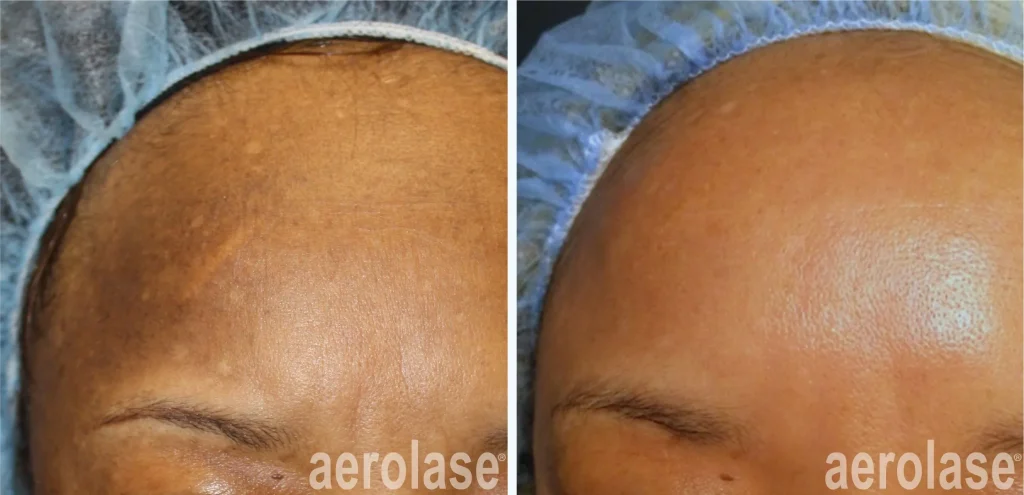
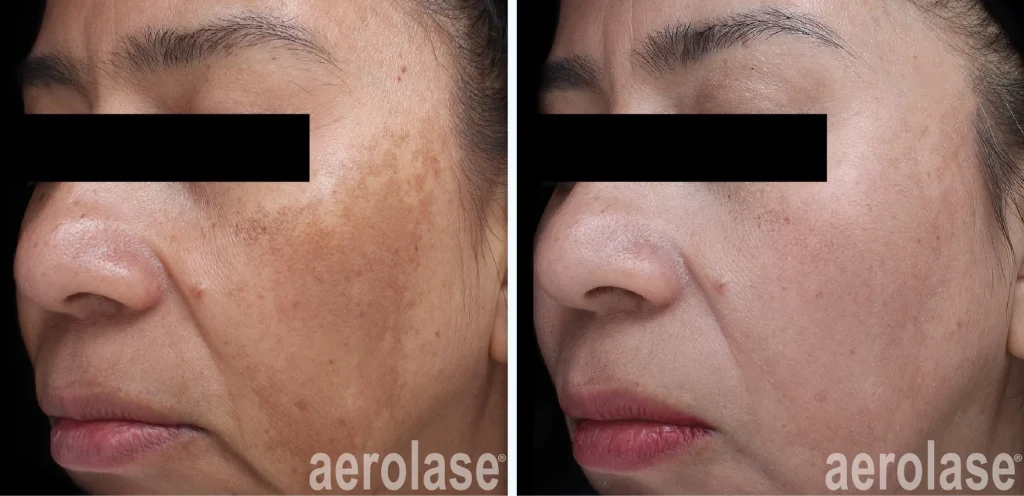
Sylfirm X - Radio Frequency Microneedling
Sylfirm X is a Radio Frequency Microneedling device similar to Morpheus 8. It consists of a microneedling headunit that emits radiofrequency energy. The microneedling helps to regenerate and rejuvenate the skin resulting in the formation of new collagen and improvement of lines and wrinkles. The radio frequency energy emitted by the tiny needles on the head unit heat the deeper dermal layers of the skin resulting in denaturing of the existing collagen and new collagen formation that results in skin tightening.
For Melasma, RF microneedling devices such as Morpheus 8, are not considered a great option. However, this is not the case for Sylfirm X. The radio frequency energy produced by the Sylfirm X is in the form of a Pulse Waveform as well as a Continuous Waveform, whereas Morpheus 8 only emits continuous waveform RF. The pulse waveform RF energy in Sylfirm X results in targeting of damaged skin cells and the abnormal blood vessels helping to improve melasma and hyperpigmentation. Following your initial assessment at Rejuvence Clinic, we will put together a bespoke treatment program.
How can chemical peels help with hyperpigmentation?
Dr Zein Obagi devised the skin stretch test to help establish how deep hyperpigmentation affects the skin. On stretching the skin if the pigment appears to lighten then pigment is likely to be restricted to the epidermis (upper layer of the skin). When the skin does not lighten and the hyperpigmented regions are of a blue grey colour as opposed to brown, the pigment is likely to be affecting the dermis (deeper layers of the skin).
After initial stabilisation of skin and with adequate preconditioning with bleaching and blending agents, chemical peels can be used to help tackle more stubborn pigmentation problems. Peels are chosen dependent upon the depth of the hyperpigmentation and include the ZO 3 step peel for superficial pigmentation. The ZO controlled depth blue peel is more appropriate for deeper pigmentation.
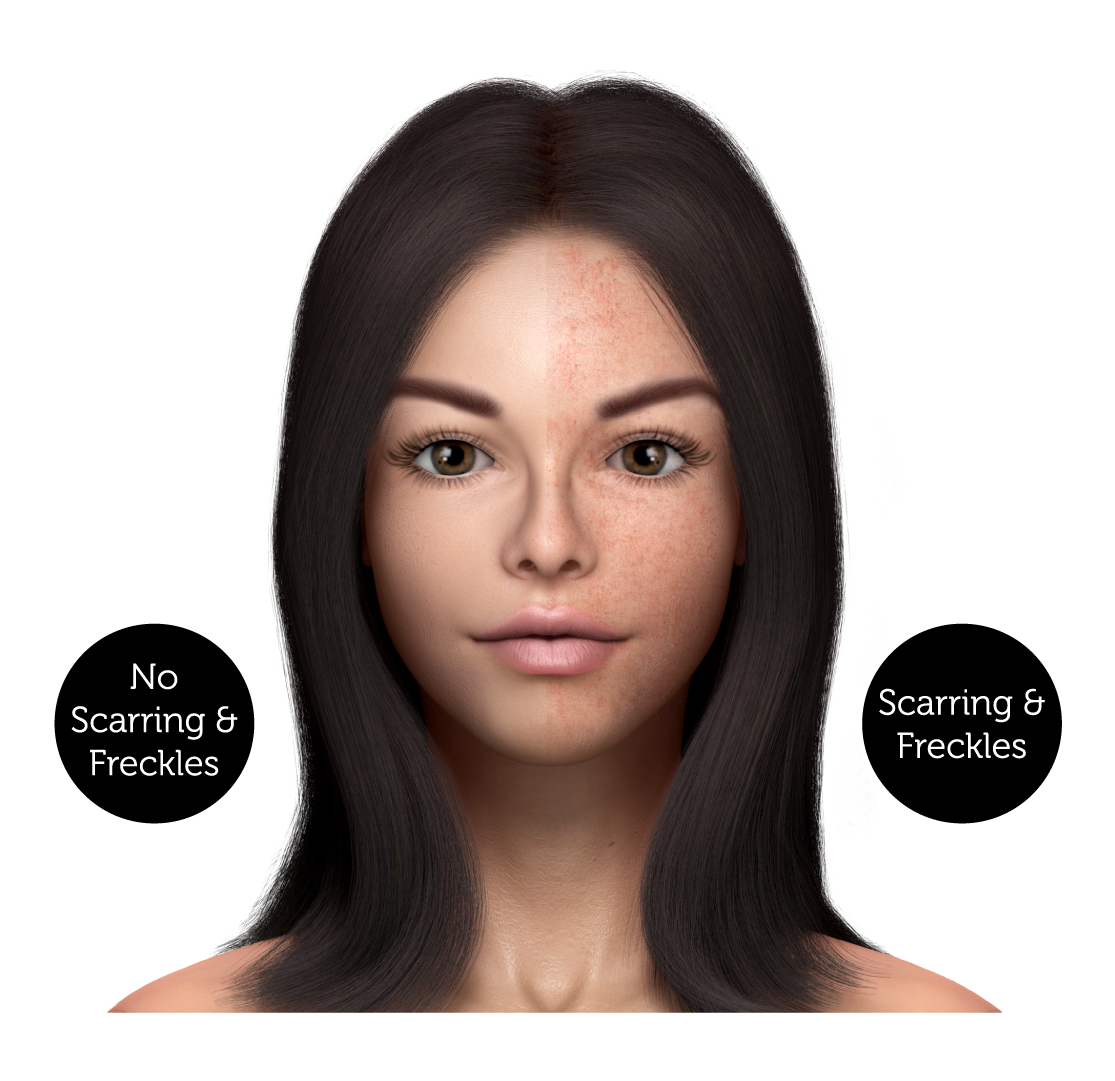
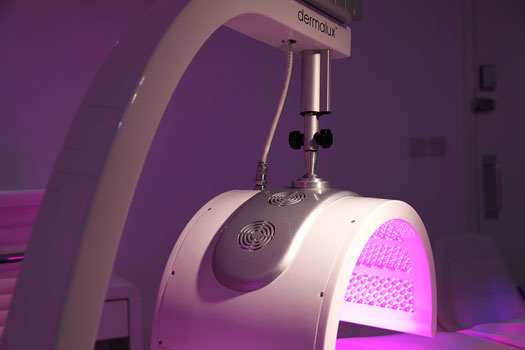
What about Dermalux?
At Rejuvence Clinic we have the Dermalux LED system in place. LED light therapy has been shown to be very effective in the treatment of a number of conditions including acne, rosacea, inflammation and hyperpigmentation. Dermalux has been used successfully in the treatment of pigmentation changes and specifically melasma and chloasma. Please contact us for a consultation and the most competitive package prices in London.
Rejuvence Philosophy
At Rejuvence we use a consistent and evidence based approach in the devising of treatment plans for hyperpigmentation problems. The treatment of hyperpigmentation and especially post-inflammatory hyperpigmentation does require patience and a careful approach to ensure skin appearance does not worsen. At Rejuvence we understand the psychological distress that accompanies such conditions and are here to support you every step of the way but will ensure that treatment is not rushed and the right treatment choices are made at the right time.
Generalised pigmentation resulting from any type of skin injury, disease or inflammation is known as post-inflammatory hyperpigmentation. Ultraviolet exposure (sunlight) usually worsens post-inflammatory hyperpigmentation. It occurs commonly in all skin types but racially mixed skin is more sensitive to the effects of inflammation and dermatological procedures. Patients with oily skin also tend to develop more severe, resistant post-inflammatory hyperpigmentation. Oily skin is the result of excess sebum production and this in turn is a pro-inflammatory substance.
Dark regions of hyperpigmentation can be bleached using hydroquinone based topical creams. Hydroquinone blocks the enzyme tyrosinase and thereby stops the process of melanin production. It is important to note that hydroquinone can induce sudden increase in melanin production if used for longer than 3 to 4 months continuously. Therefore hydroquinone must NOT be used for more than 3 months continuously. In tandem with hydroquinone, alpha hydroxy acid based products can be used as an exfoliant to improve barrier function and epidermal turnover.
In regions of uneven skin tone blending involves the use of topical products that combine hydroquinone with tretinoin. This helps to lighten hyperpigmented regions and even out colour tone.
In view of the potential for rebound hyperpigmentation with continuous hydroquinone treatment, skin needs to be stabilised using anti-inflammatory agents such as antioxidants alongside retinol for improved skin health and skin function. Hydroquinone is usually used in a cyclical manner lasting no longer than 3 to 4 months. A hydroquinone free skin care regimen should be started for maintaining skin improvements and preventing future recurrences of post-inflammatory hyperpigmentation and melasma. If melasma returns, patients are able to return to bleaching and blending. If hydroquinone is combined with tretinoin it can normally be used for slightly longer than if used for bleaching.
Sebum is oily secretion produced by sebaceous glands that are paired to hair roots of the skin. Sebum induces inflammation and represents a major cause of treatment failure. Appropriate use of cleansers, scrubs and exfoliators as well as sebum control pads helps to reduce sebum and hence ensure good control of symptoms.













